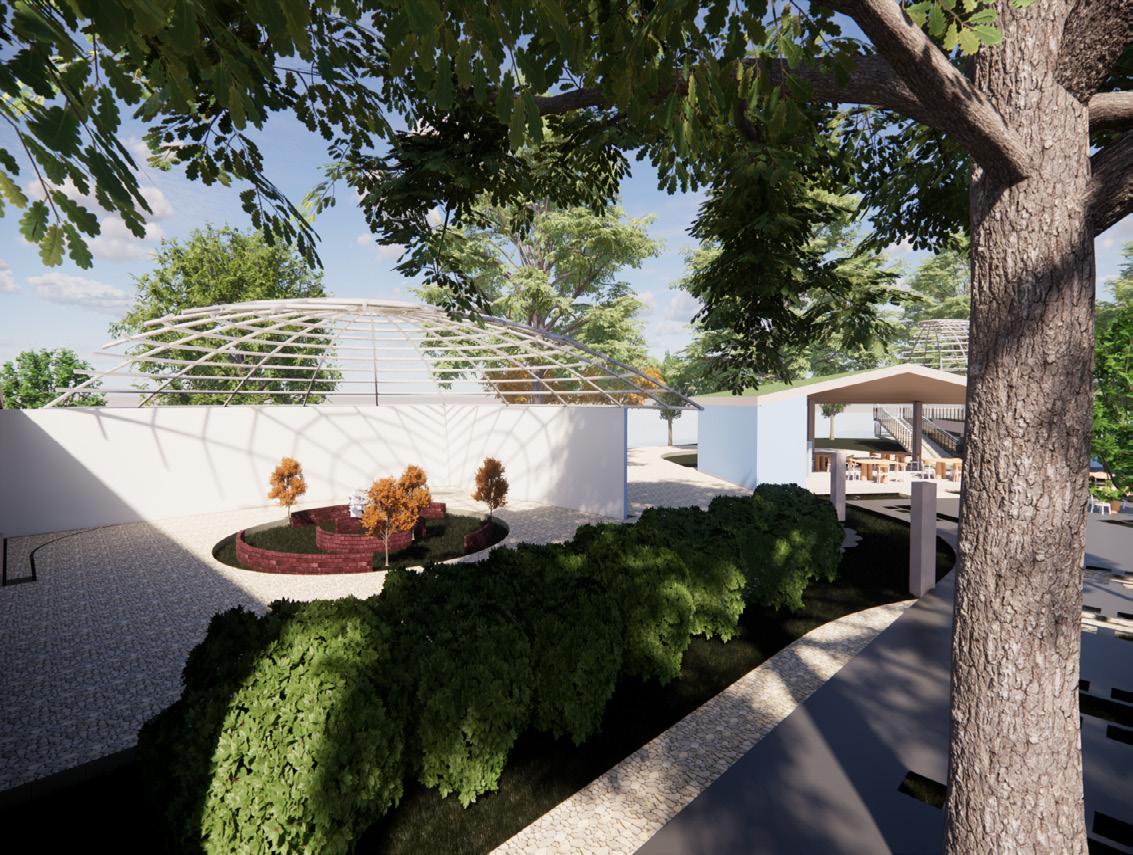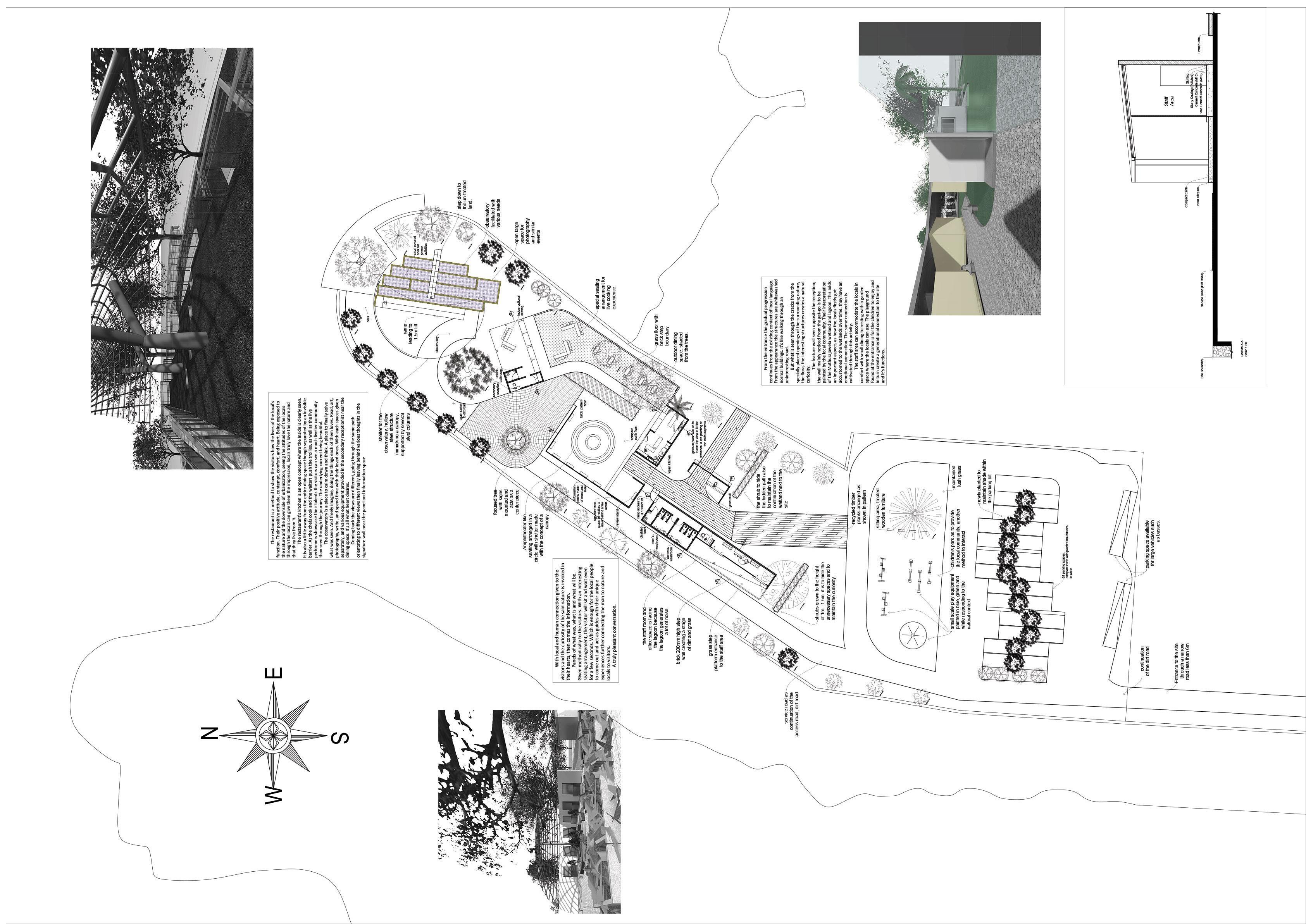
Thevidu Amaratunga
2023 Portfolio
Master of Architecture / BA(Hons) Architecture
Liverpool School of Art and Design

My name is Thevidu AmArATungA, and I am 24 years old. After my school years I spent a year worknight dialog axiata as a customer service agent before finally enrolling at SLIIT to study architecture.
I found my interest to architecture in my school years. After spending long and shorts years on my skills for sketching and painting devoloping my own eye for art. as my personality grew it became clear that my future is with architecture.
I have finished my 3 year Architecture undergrad studies, and have experiance working in architectual projects with renouned architect.
I grew up alongside two younger siblings and went to royal college colombo for my A/Ls, and before that to D.S.Senanayake college colombo.
All these factors contributed to who I am today, and the architecture i’m persuing.
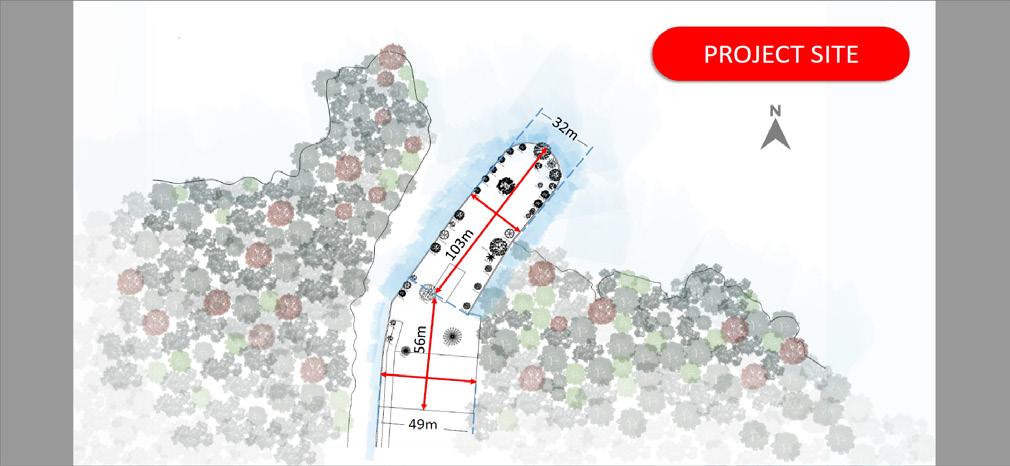

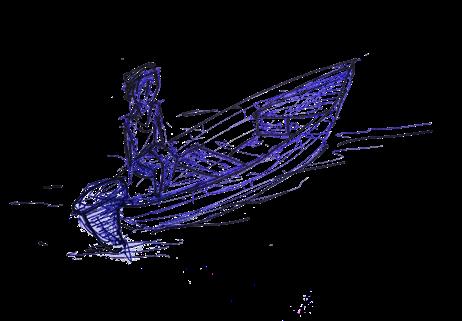
PROJECT INTRO
As the name denotes, “Muthurajawela” has been an area known for production of rice, staple food of the country, from ancient times. Due to human activities this has declined irrevocably over the years. Presently, the area is significant for several other food production & livelihood activities such as fishing, harvesting shrimp & ornamental fish & tourism. These livelihood activities and over exploitation have had an impact on the ecosystem of the area which in turn has a bearing on livelihood activities themselves as well globally significant issues like climate change, global warming & depletion of biodiversity.
In the present module students are expected to explore multiple issues faced by “Muthurajawela” wetland & develop a brief for a sustainable project considering multiple stakeholder requirements.
BACKGROUND & RESEARCH
The Muthurajawela wetland has a vast history. Starting from the 15th century under the rule Preceding the rule of Vira Parakramabahu VIII, the Muthurajawela wetland was used as paddy fields. Then under the rule of In the Succeeding period, under Vira Parakramabahu VII, the wetlands w ere used as a trading post.
The marshy land was later used by the Portuguese, to create a canal to transport cinnamon and black pepper. The canal was mad e from the Kelani River to the lagoon without consideration of the existing cultivated land. From the sea, due to the high tide, the saltwater flows inl and . Because of this, saltwater affects the paddy field negatively.
With the Dutch widening the canal and the British opening a new canal on the opposite end of the lagoon, the paddy lands were further damaged. But as the Muthurajawela wetlands are closer to the urban area, the land’s economical value goes up over time. Currently, the canal is being used as a drainage canal for industrial and domestic waste and for the disposal of solid waste.
The canal is also used for boat rides by the local people. Even though the muthurajawela wetlands were named a sanctuary in 1996, in the time of Prime minister Mrs. Sirimavo Bandaranayeka the land was leased to people.
As the land was protected as a sanctuary and it also had a local community, the said community has become dependent on nature itself. The main livelihoods of the community are fishing, tourism, boat building and safari, and small scale businesses such as garment work and grass mat m aking.
As the Muthurajawela wetlands are being used for tourism, the local businesses are revolving around it. Fishing and boat rides are provided to the tourism industry. But, within the local community there exist groups of people where livelihood revolves around themself. In the fish ing industry, there are groups, and through my observations, I have found provides produces internally.

Why the lack of effort from the locals?
Three main components exist in the way I see the surrounding context after various observations. The locals, the visitors, and nature.
There is a lack of knowledge among the locals who have the intention to protect and there is a lack of intention among the people who visit, though some hold the knowledge.
Why is there a lack of knowledge?
As the Muthurajawela was populated in haste and the community there started as a settlement. The locals provide for themselves from within and their livelihood circulated within.
What can be done?
What the locals lack is knowledge. And to provide the needed, industry that was developed in the area, tourism can be used. Visitors, tourists, foreigners, and travelers can be utilized to pass their experience to the locals.
How to maintain a connection?
The visitors are there to gain further experience, especially the local experience. The intention of the locals to protect their way of life was used to cultivate empathy among the visitors.
The people living in the Muthurajawela area are generally uneducated. This can be seen in the jobs they do and in the observations of how their minds work. The sense of relaxation in their lifestyle, the comfort in their day-to-day life living in a well without seeing nor noticing the outside world.

They don’t need an education centre because they don’t need it. Any active method of improvement is seen negatively and with hostile actions. This again can be seen in the way they handled the newly constructed resort. Passive education methods such as randomly coming into contact with the needed information or being pushed into the method slowly or it can be, being enticed into the path through other methods.
A space where the locals can hang around. To all ages and for many activities. To study, eat, play, and meet new and old friends there can never be enough of such places. Near the lagoon, there are many resorts and hotels, but they keep the locals away. The activities they have are all internal. Other than some sightseeing done outside there are no locals within them.
As foreigners and travellers who have been to similar naturally valuable places. Their knowledge of the subject is vast. As the opportunities are seen within an observatory and open and suggestive place, the imaginary runs wild. The charm of an observatory is as such. When open to any activity the thoughts of what if, maybe it could, why don’t we, etc. come up in the minds of users.
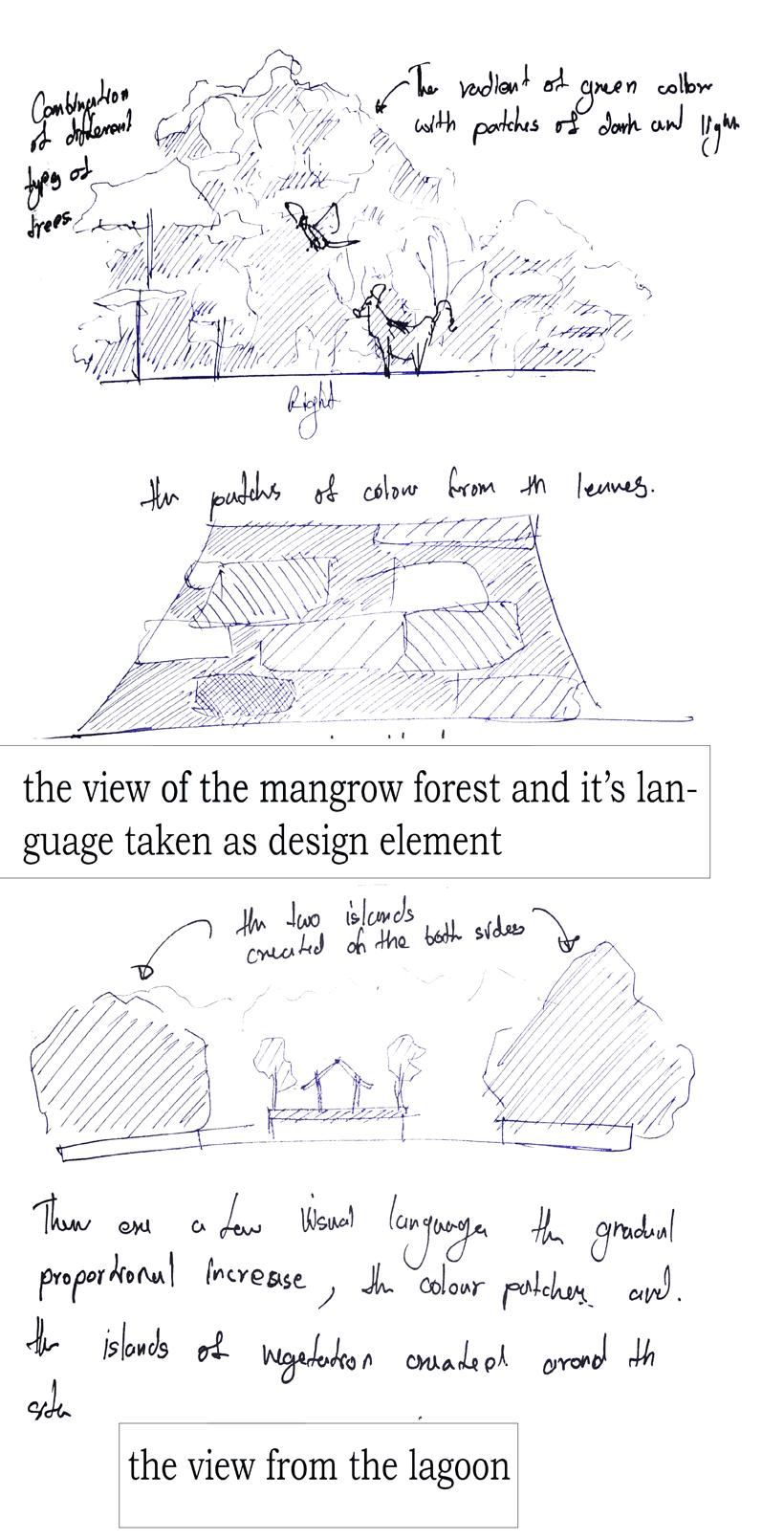


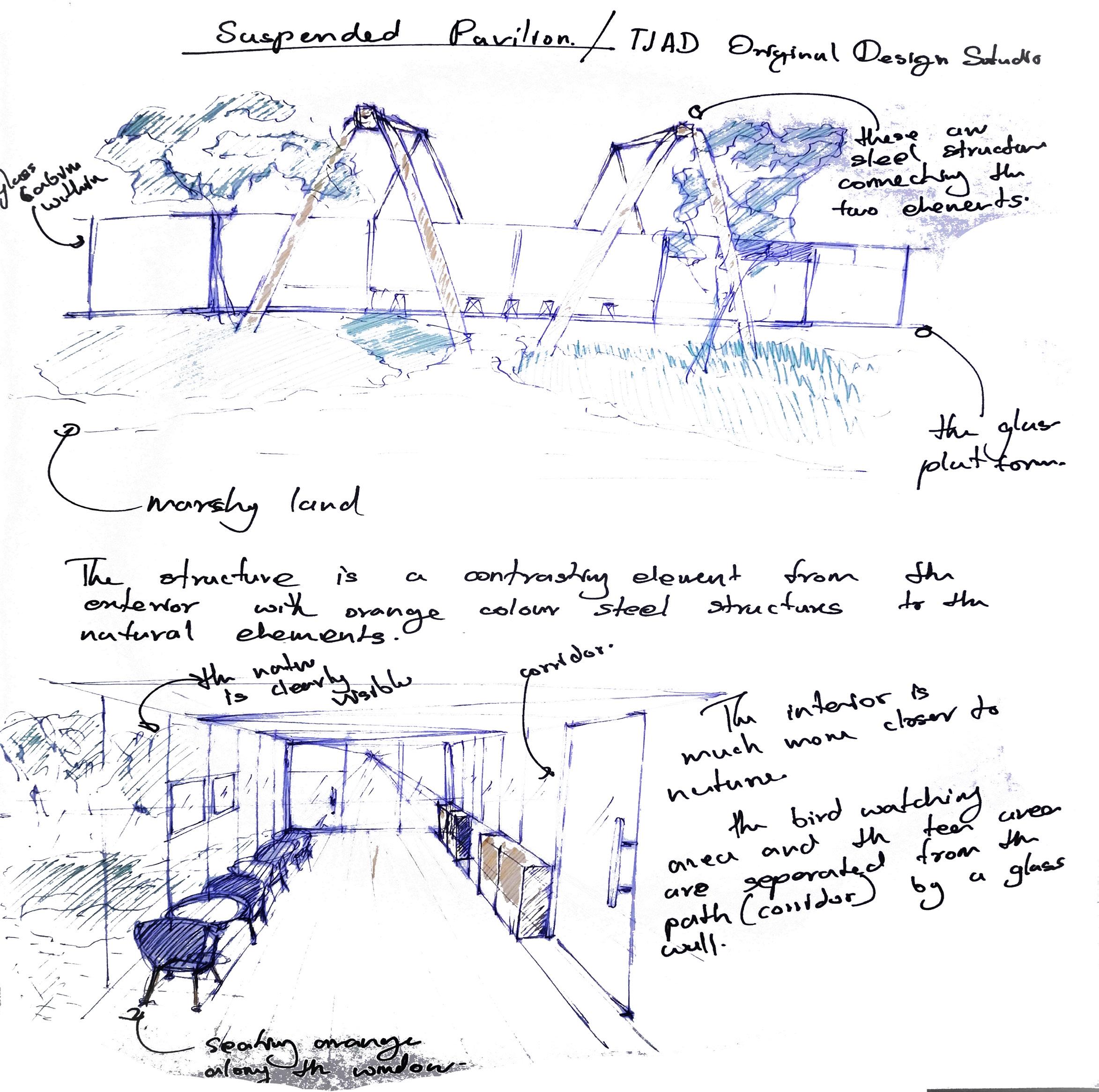
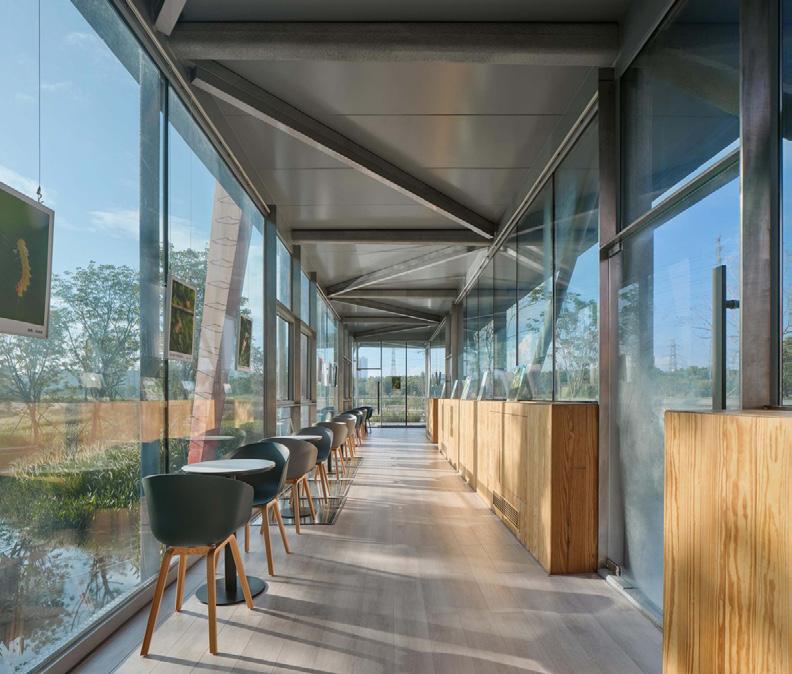
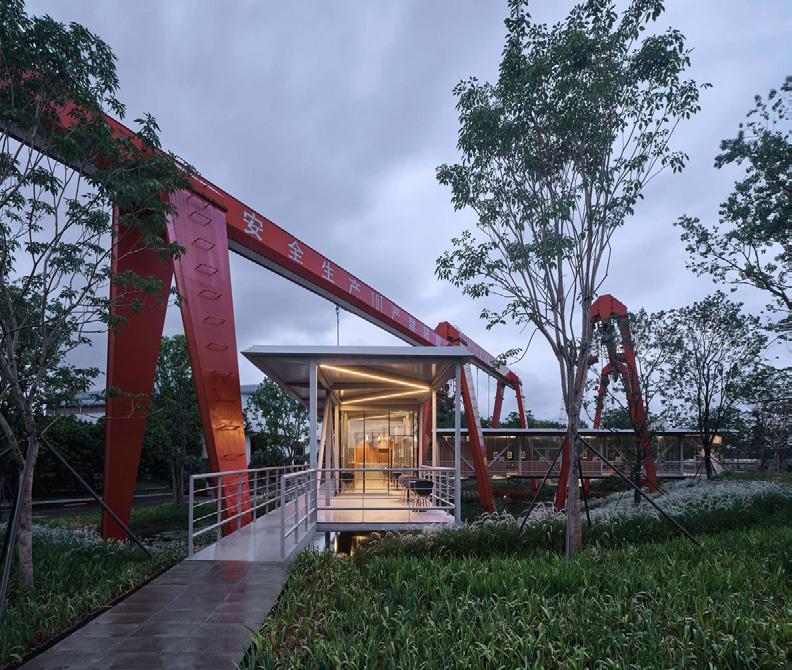

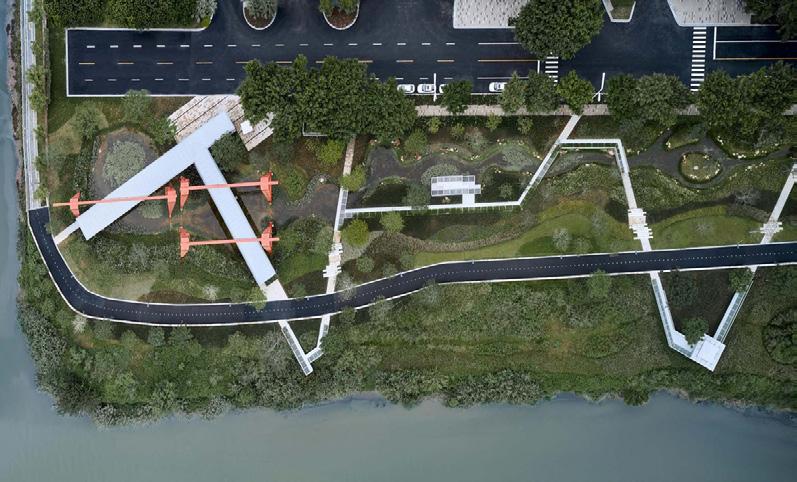






Orientation factors
The buildings are orientated responding to the,
• sun path
• the wind
• and the view
The view
As per the design being a observatory the priority is given to the views. So many of the structures are facing the direction of the various scenaries.
The reception, when the users approach the desk they are facing the wetland and the dense vegetation next to the site. The entire reception space is a space dedicated to creating a sense of mystery for the users as they are given a glimpse of views of the surrounding.
The staff are, is blocking the view of the canal to the visitors but is opening to the workers.
The observatory faces the east. The lagoon and the wetland All the paths and resting spaces including the restaurant are positioned to take maximum advantage of the surrounding views.
The sun path
The resting spaces (including the observatory and the restaurant) are oriented due east so as to face the morning sun rather than the evening sun. the shading devices are placed to protect the visitors and the users from the evening sun and the direct sun at noon.
The wind
In the design, the cool wind coming from the lagoon is used to minimize the heat gain from the sun. The design uses hollow structures in the northwest direction then slowly moves to a much more solid structure in the opposite direction.
